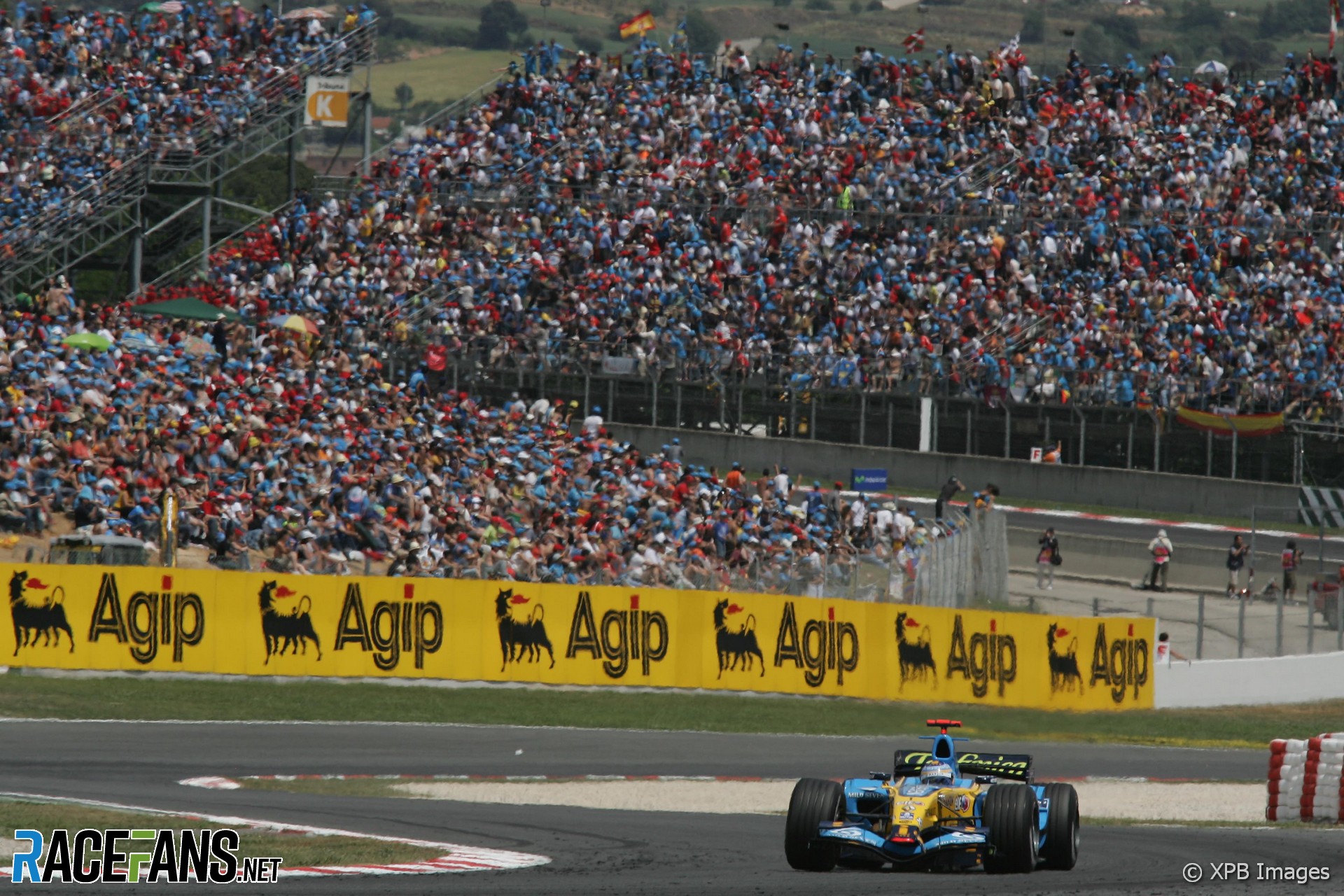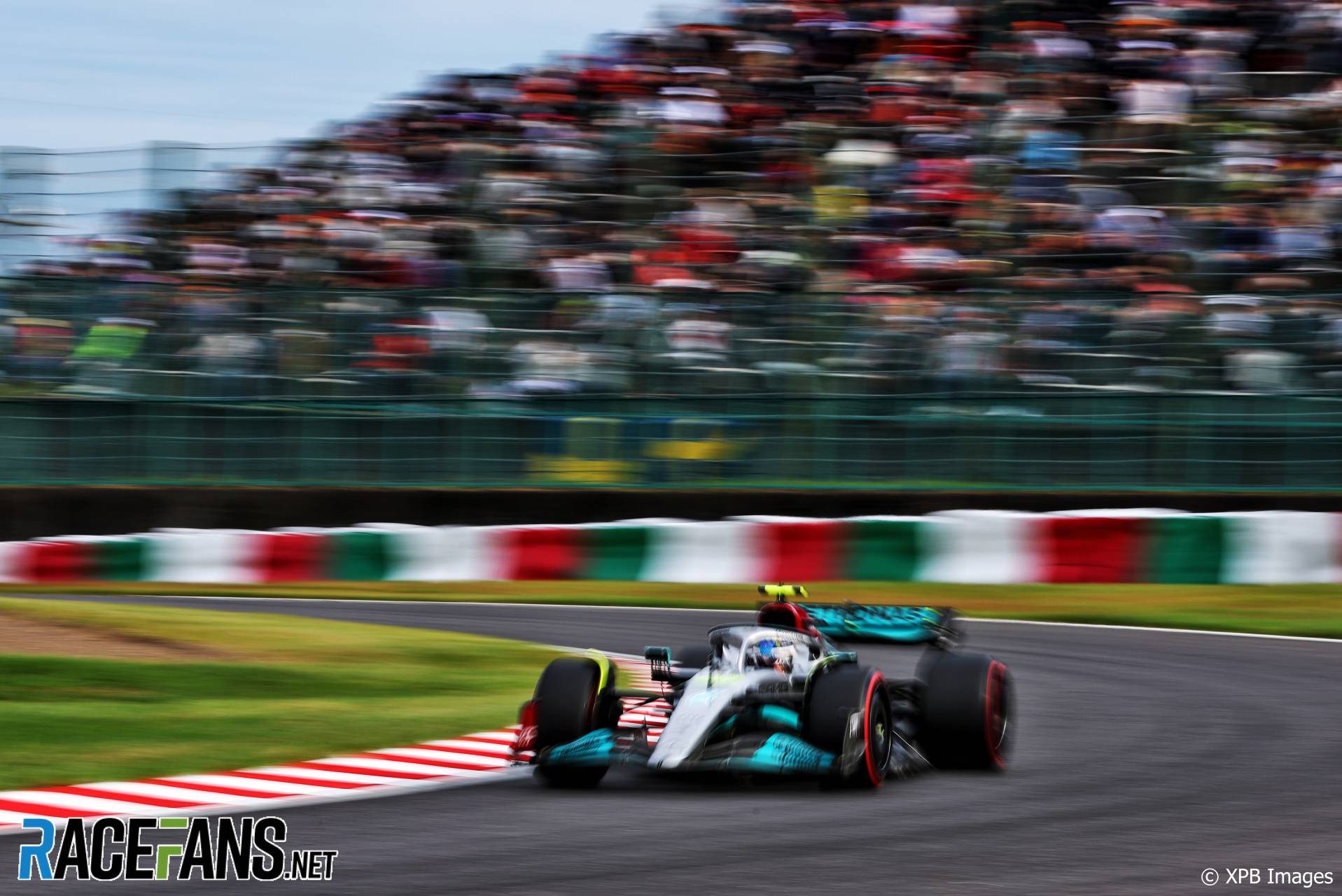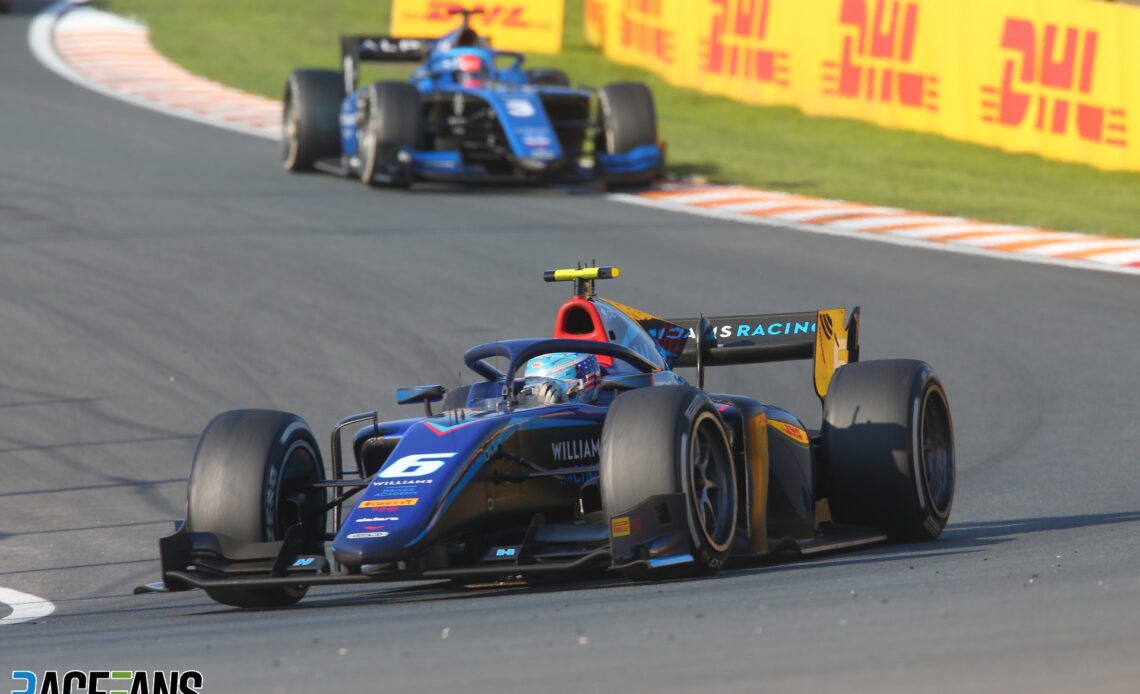For a session that is simply designed to set the grid order for the race, qualifying in motorsport is often a spectacle in itself.
But while the concept of ‘the fastest car and driver starts the race on pole position’ may be a simple and universal one, there are many different methods to determine the grid order – some more successful than others.
So out of all the major motorsport series and the various qualifying formats they use, which is the best and most entertaining method?
Open timed session (F2, F3, WEC, etc.)
The traditional qualifying format. One or more timed practice session of a specified length (often 15, 30 minutes or an hour) in which all cars are free to venture out and set a time at will. Total attempts may either be capped with a maximum number of laps or teams may be permitted to run constantly throughout the entire session if they wish.
This was the primary format used in Formula 1 for decades, with multiple qualifying sessions run and the grid order set using each driver’s overall fastest times across the sessions. In 1996, F1 moved to a one hour single session with each car limited to 12 laps. It remained that way until 2003, but the open session system is still used across many junior series today.
Advert | Become a RaceFans supporter and
One-shot qualifying (F1 2003-2005)

In the first major effort to shake up qualifying and add more excitement to Formula 1 during the days of Ferrari domination, F1 introduced one-shot qualifying for the start of the 2003. This allowed each driver just a single flying lap in which to set their qualifying time, with any mistake going heavily punished.
Formula 1 held two sessions across Friday and Saturday, with cars being sent out in drivers’ championship order on Friday and the results inverted to set the running order for Saturday’s session, which decided the grid order. F1 introduced an aggregate format in 2005 in which both sessions’ laps were added together to decide the order, but that was dropped mid-season and the previous single lap format returned.
Multi-stage knockout (F1 2006-present, IndyCar, Moto GP, etc.)

Formula 1’s next qualifying experiment was an entirely original format. Returning to the open session format with a fresh twist, three short and intense sessions are held back-to-back, with the slowest drivers eliminated over both of the opening two sessions, leaving just ten drivers to fight for pole position in the final phase.
While modified in minor ways over the…
Click Here to Read the Full Original Article at RaceFans…

